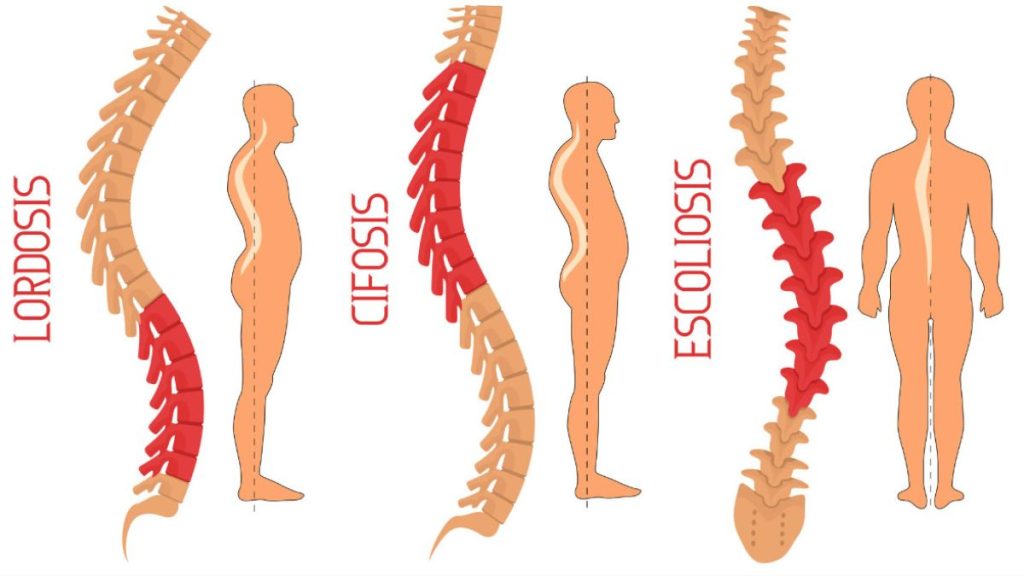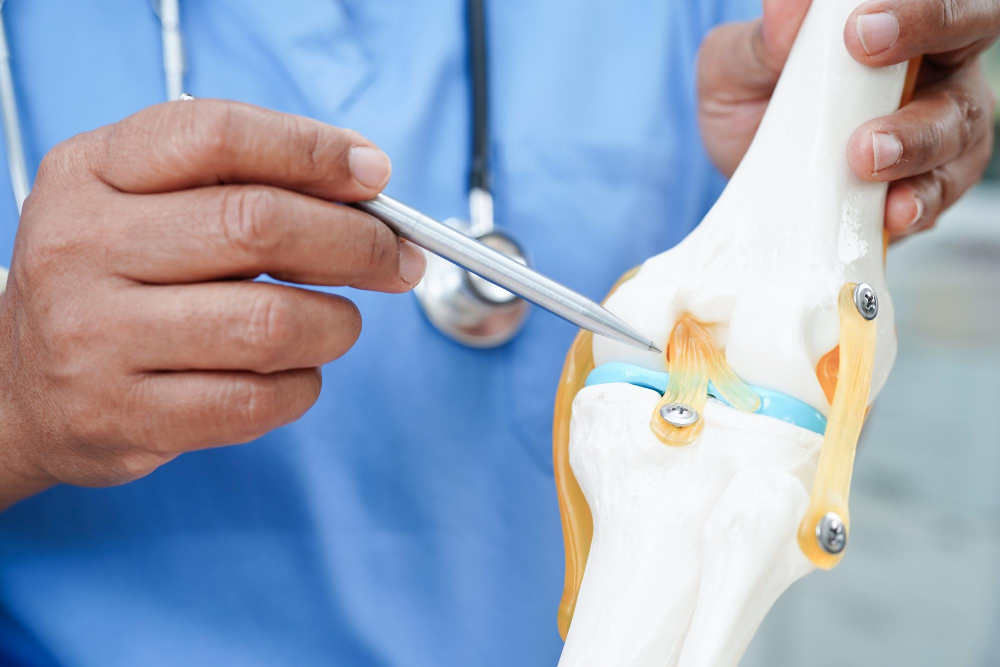
The spinal cord is one of the most vital parts of your body. Often called the body’s “information highway,” it connects your brain to every part of your body. Every movement, sensation, and reflex depends on the health and proper functioning of the spinal cord.
At Oxford Hospital, Jalandhar, we believe that understanding the spinal cord is the first step toward maintaining spinal health and overall well-being. This guide explains its structure, functions, and tips to keep it healthy.
The Main Purpose of the Spinal Cord
The primary role of the spinal cord is communication. It constantly carries messages:
- Upward to the brain – sending sensory information like touch, temperature, and pain
- Downward from the brain – sending motor signals to control your muscles
A healthy spinal cord ensures smooth functioning of your body, from simple movements to complex reflexes.
Structure of the Spinal Cord
The spinal cord is smartly designed for protection and efficiency, with several key components:
1. Protection First
The spinal cord is delicate, so it is well-protected:
- Vertebrae: Your backbone forms a flexible suit of armor.
- Meninges: Three layers of tissue cover and safeguard the spinal cord.
2. Inner Components
- Grey Matter: The central core that processes information.
- White Matter: The highway that rapidly transmits signals up and down the body.
3. Spinal Nerves
Spinal nerves branch out from the spinal cord to your arms, legs, and organs, acting as communication roads between your brain and the rest of your body.
Quick Structure Summary:
- Vertebrae: Protection
- Meninges: Tissue layers
- Grey Matter: Processing center
- White Matter: Signal highway
- Spinal Nerves: Roads to the body
Key Functions of the Spinal Cord
The spinal cord has three main functions:
1. Sensory Function
It carries signals from your body to the brain. Touch, temperature, and pain are all transmitted through the spinal cord, helping your brain react appropriately.
2. Motor Function
It sends commands from your brain to muscles, controlling voluntary movements like walking, running, or picking up objects.
3. Reflex Actions
The spinal cord can act independently to trigger reflexes. For example, if you touch a hot object, the spinal cord can pull your hand away before your brain even registers the pain.
Tips to Keep Your Spinal Cord Healthy
Maintaining a healthy spinal cord is essential for overall wellness. Here are practical tips:
- Maintain good posture while sitting and standing
- Stay physically active to strengthen supporting muscles
- Lift objects using your legs, not your back
- Eat a balanced diet rich in calcium and essential nutrients
When to Seek Expert Help
Persistent pain, numbness, or weakness may indicate a spinal cord problem. Early diagnosis and treatment are crucial.
At Oxford Hospital, Jalandhar, our neuro specialists are equipped to diagnose and treat spinal cord issues accurately, ensuring the best care for your nervous system.
Conclusion: Your Body’s Control Center
The spinal cord is much more than a bundle of nerves — it is the control center of your body. Understanding its structure and functions helps you protect it. Always listen to your body, adopt a healthy lifestyle, and consult specialists at Oxford Hospital, Jalandhar if you notice any warning signs.
Take care of your spinal cord today for a healthier, more active tomorrow.


